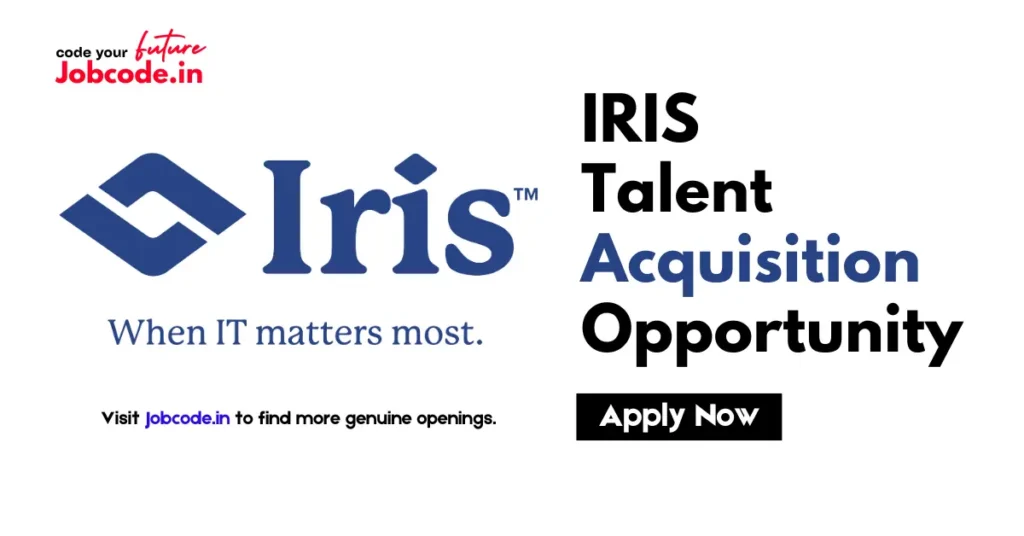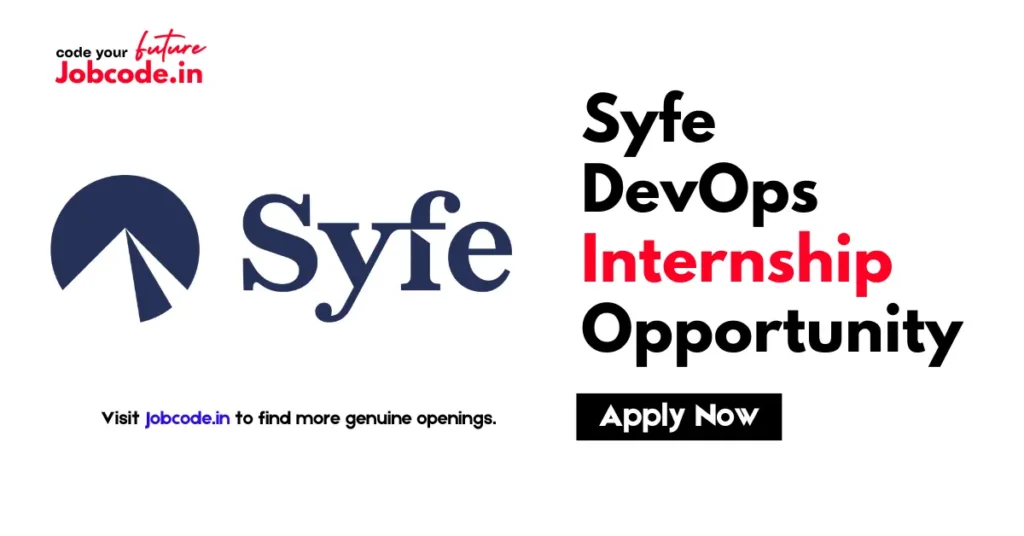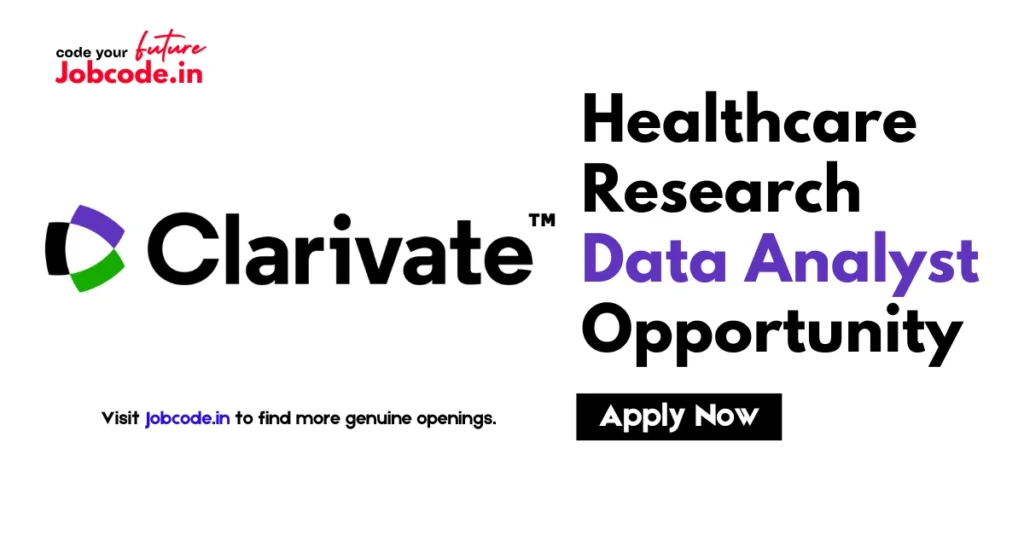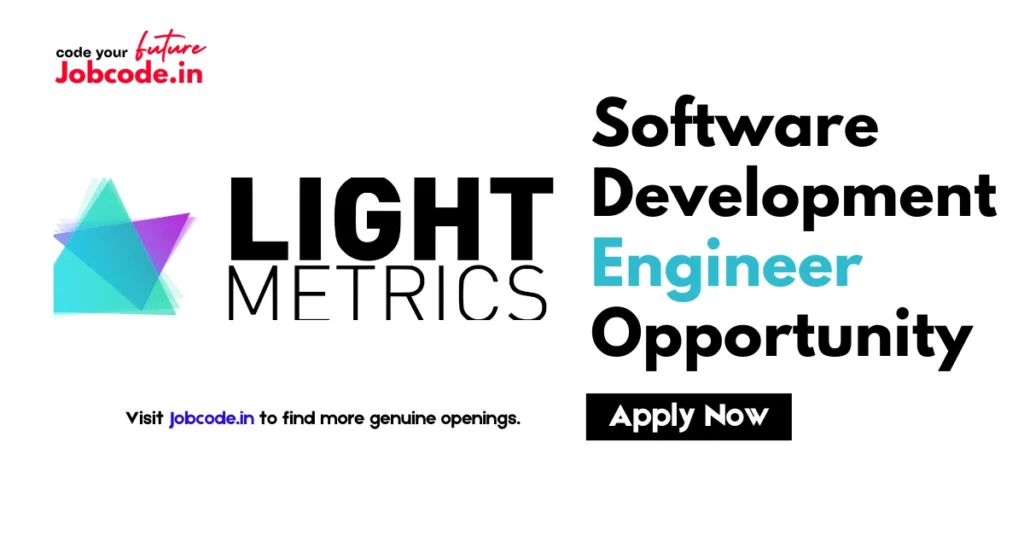Backend web development is a crucial part of building scalable and efficient web applications. It involves managing server-side logic, databases, authentication, and APIs to ensure smooth communication between the frontend and backend. This roadmap will guide beginners through the essential skills and tools needed to become a proficient backend developer in 2025.
1. Understanding Backend Development
What is Backend Development?
Backend development focuses on the server-side of a web application. It includes:
- Server-side programming
- Database management
- API development and integration
- Authentication and security
- Deployment and scalability
A backend developer ensures that data is efficiently processed, stored, and retrieved while maintaining security and performance.
2. Choosing a Programming Language
The first step is to choose a backend programming language that fits your needs. Popular choices include:
a) JavaScript (Node.js)
- Widely used for full-stack development
- Works well with frontend JavaScript frameworks
- Uses Express.js for building web applications
b) Python
- Beginner-friendly and versatile
- Frameworks: Django (batteries included) and Flask (lightweight)
- Great for AI/ML integrations
c) Java
- Enterprise-level applications
- Framework: Spring Boot
- Strong type safety and scalability
Other notable languages: PHP (Laravel), Ruby (Ruby on Rails), and C# (.NET Core).
3. Backend Frameworks
A framework simplifies backend development by providing pre-built tools and structures. Some popular frameworks are:
- Express.js (Node.js) – Minimalist and flexible
- Django (Python) – High-level security and built-in features
- Flask (Python) – Lightweight and customizable
- Spring Boot (Java) – Robust and enterprise-grade
4. Database Management
Understanding databases is essential for backend development. There are two main types:
a) SQL Databases (Structured Data)
- MySQL – Open-source and widely used
- PostgreSQL – Advanced features and scalability
- SQLite – Lightweight and suitable for small applications
b) NoSQL Databases (Unstructured Data)
- MongoDB – Document-based and scalable
- Firebase – Real-time database for web and mobile applications
- Redis – In-memory data storage for caching
5. APIs & Authentication
Backend developers need to manage API communication and security.
a) API Development
- RESTful APIs – Standardized communication between frontend and backend
- GraphQL – Efficient data fetching
- WebSockets – Real-time data updates
b) Authentication & Security
- JWT (JSON Web Tokens) – Secure user authentication
- OAuth – Third-party authentication (Google, Facebook login)
- Session & Cookie-based authentication
6. Version Control & Collaboration
A backend developer must be proficient in version control and team collaboration tools.
- Git – Tracks code changes
- GitHub, GitLab, Bitbucket – Code hosting and collaboration
- Code reviews & branching strategies
7. Deployment & DevOps
Understanding deployment strategies is essential for making web applications accessible to users.
a) Hosting & Cloud Services
- AWS (Amazon Web Services) – Scalable cloud hosting
- Heroku – Simplified cloud deployment
- Vercel & Netlify – Serverless and frontend-friendly hosting
b) Containerization & CI/CD
- Docker – Containerizing applications
- Kubernetes – Orchestration of containerized applications
- CI/CD Pipelines – Automating deployment (GitHub Actions, Jenkins)
8. Building Real-World Projects
The best way to learn backend development is by building practical projects:
- To-Do App – CRUD (Create, Read, Update, Delete) operations
- Authentication System – Secure user login & registration
- E-commerce API – Payment gateway, cart management
- Blog CMS – User-generated content with authentication
9. Soft Skills & Continuous Learning
Beyond technical skills, backend developers should focus on:
- Problem-solving & Debugging
- Effective Communication & Collaboration
- Staying Updated with Trends (Follow tech blogs, contribute to open-source projects, join developer communities)
Conclusion
Becoming a backend developer in 2025 requires a structured learning approach, practice, and adaptability. By mastering a programming language, backend frameworks, databases, authentication methods, and deployment strategies, you can build scalable web applications and advance your career in web development.
Happy Coding and Keep Learning!








